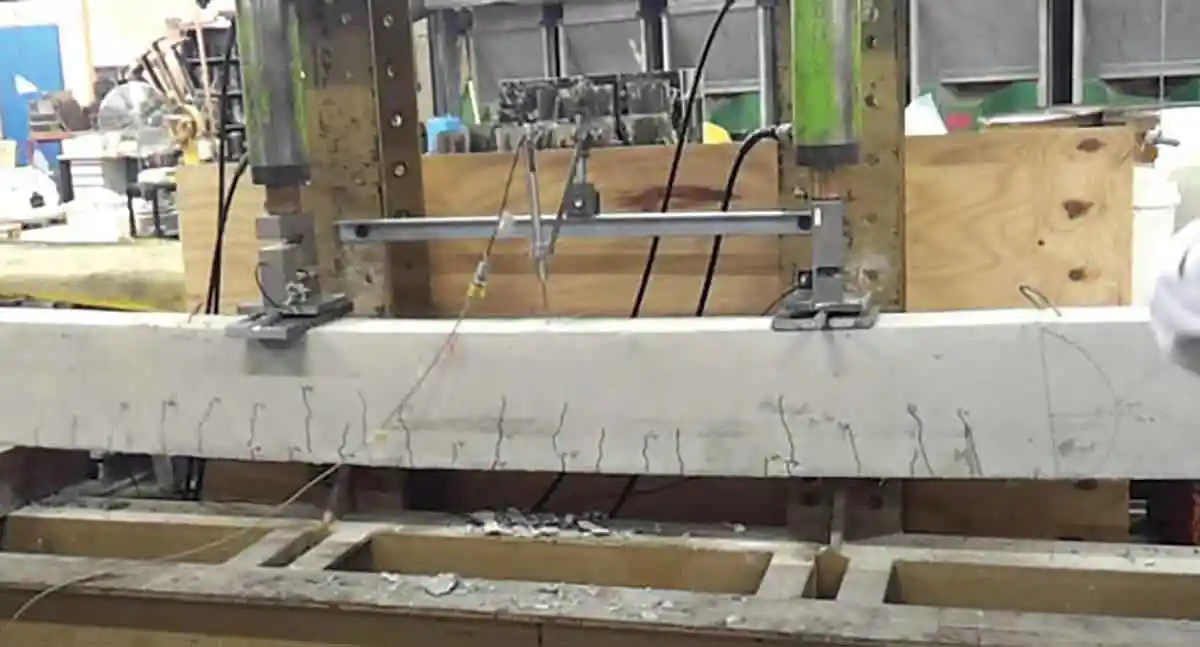Implications of the Proposed Shear Design Provisions in the Indian Code IS 456
Most of the provisions in the Indian code, IS 456:2000, are based on the experimental investigations on concrete with strengths less than M40. Hence, recently, new equations for the shear strength of RC beams have been proposed for the next revision of IS 456. These equations and their implications in actual design are presented after a brief presentation of the behaviour of beams in shear and comparable provisions in other few notable international codes. A case study of the failure due to inadequate shear design is also provided.

Dr. N. Subramanian The shear behaviour of reinforced beams has been researched for more than a century and the foundations of knowledge on shear were provided by Mörch in 1909. Reinforced concrete is a composite material and shows non isotropic mechanical properties, which complicates the formulation of relationships between stresses and strains in the material. Hence, the design recommendations of several codes of practice are based on empirical relations derived from laboratory tests. It has to be noted that in many situations, we are concerned with diagonal tension stress, which is a result of the combination of flexural and shear stress. Hence shear failure is often termed as diagonal tension failure. There may be certain circumstances where consideration of direct shear is important. One such example is in the design of composite members combining precast beams and cast in place to slabs, where horizontal shear stresses at the interface between beam and slab have to be considered. As it is inappropriate to use methods developed for diagonal tension in such cases, we have to resort to the shear-friction concept, which is not yet available in IS 456 (Subramanian, 2020).

Dr. N. Subramanian The shear behaviour of reinforced beams has been researched for more than a century and the foundations of knowledge on shear were provided by Mörch in 1909. Reinforced concrete is a composite material and shows non isotropic mechanical properties, which complicates the formulation of relationships between stresses and strains in the material. Hence, the design recommendations of several codes of practice are based on empirical relations derived from laboratory tests. It has to be noted that in many situations, we are concerned with diagonal tension stress, which is a result of the combination of flexural and shear stress. Hence shear failure is often termed as diagonal tension failure. There may be certain circumstances where consideration of direct shear is important. One such example is in the design of composite members combining precast beams and cast in place to slabs, where horizontal shear stresses at the interface between beam and slab have to be considered. As it is inappropriate to use methods developed for diagonal tension in such cases, we have to resort to the shear-friction concept, which is not yet available in IS 456 (Subramanian, 2020).
This is a premium article available exclusively for our subscribers.
If you are already a subscriber, please Login
If not, subscribe now and get access to well researched articles & reports on infrastructure construction, equipment & machinery, innovations & technology, project reports, case studies, and more. All this by simply paying just ₹200/- for a month of complete portal access, or a discounted rate of ₹1000/- for a full year of access.
NBM&CW November 2020


















